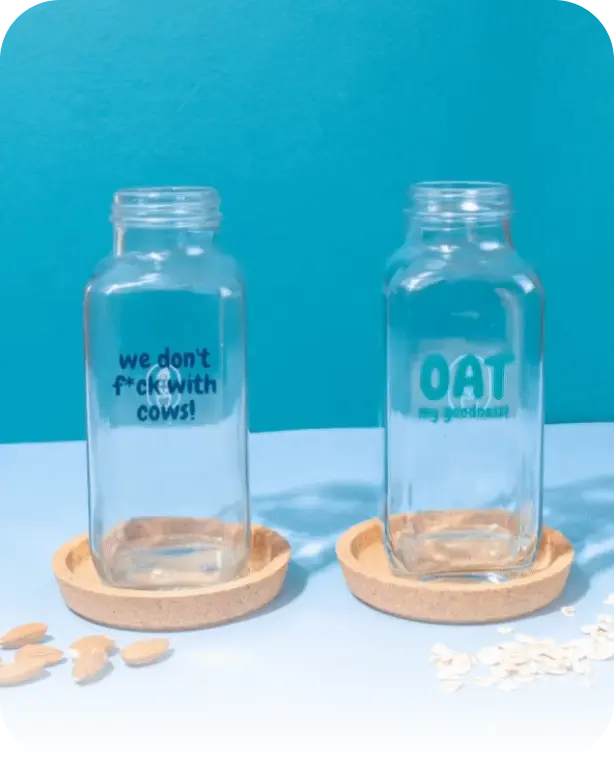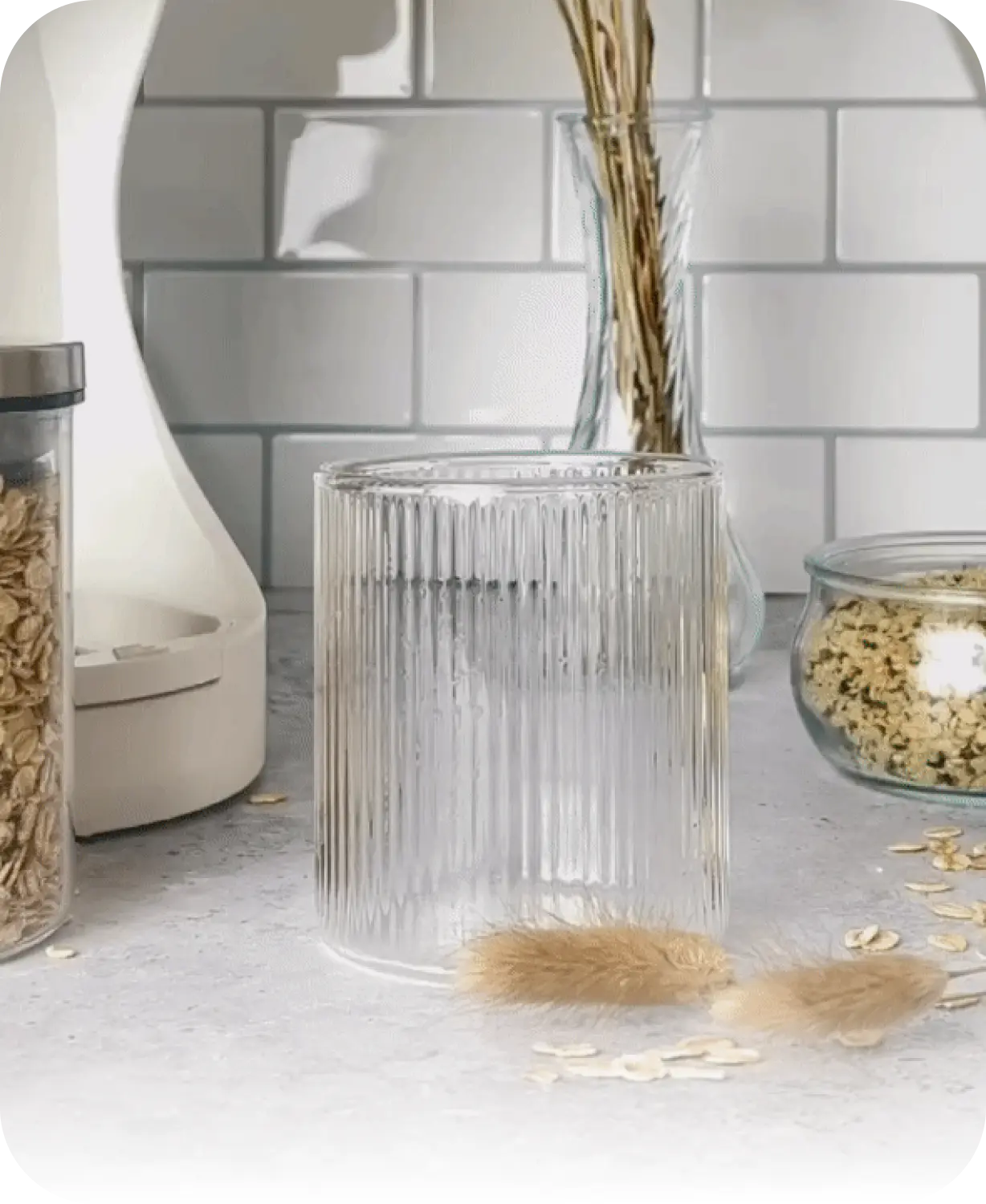Yogurt is a beloved staple in many diets, cherished for its creamy texture and probiotic-rich goodness. But what if you're following a plant-based lifestyle or have dairy sensitivities? The solution lies in making your own plant-based yogurt at home. Not only is it surprisingly simple, but it also opens the door to a world of versatile flavors and endless culinary possibilities. In this blog, we'll guide you through the step-by-step process of creating velvety plant-based yogurt right in your own kitchen.
Why Plant-Based Yogurt?
Plant-based yogurt offers a host of benefits for those looking to avoid dairy or embrace a more sustainable diet. It's free from lactose, making it suitable for those with dairy sensitivities, and it's also a fantastic option for vegans. What's more, homemade plant-based yogurt allows you to control the ingredients, ensuring a wholesome and additive-free treat.

Ingredients You'll Need:
- Your choice of plant-based milk (almond, soy, cashew, oat, or any unsweetened variety)
- 2 probiotic capsules or 2 spoons of vegan yogurt with active cultures (if you have any leftover)
Equipment:
- A glass jar with a lid
- A whisk
- A towel or cheesecloth
- A warm place for fermentation
Step 1: Choose Your Plant Milk
The beauty of making plant-based yogurt is that you can choose from a variety of plant milks. Almond, soy, cashew, and oat milk all work well.
Step 2: Preparing Your Equipment
Before you start, ensure that your glass jar, whisk, and any utensils are clean and sterilized. A clean environment is crucial for successful yogurt fermentation.
Step 3: Mixing the Ingredients
- Pour your chosen plant-based milk into a clean glass jar.
- Open the probiotic capsules and empty the powder into the milk. If using vegan yogurt as a starter, simply mix it into the plant milk.
- Use a whisk to thoroughly combine the plant-based milk and probiotics until the mixture is smooth and well-mixed.
Step 4: Fermentation
- Seal the jar with a lid.
- Wrap the jar in a clean towel or cheesecloth, securing it with a rubber band or string.
- Place the jar in a warm spot in your kitchen. The ideal temperature for yogurt fermentation is around 110°F (43°C). You can use an oven with the light on or a yogurt maker, but make sure it stays within this temperature range.
- Allow the yogurt to ferment for 12-24 hours, depending on how tangy you prefer your yogurt.
Step 5: Check for Doneness
After the fermentation time is up, open the jar and give your yogurt a gentle stir. It should have thickened and developed a pleasant tangy flavor. If it's not thick enough, you can let it ferment for a few more hours.
Step 6: Refrigeration
Once you're satisfied with the taste and consistency, transfer the yogurt to the refrigerator. It will continue to thicken as it chills.
Step 7: Enjoy Your Plant-Based Yogurt
Your homemade plant-based yogurt is now ready to be enjoyed! Top it with your favorite fruits, nuts, or honey for a delightful and nutritious snack or breakfast.

In conclusion, making yogurt from plant-based milk at home is a rewarding and cost-effective way to enjoy dairy-free yogurt. With just a two simple ingredients and a touch of patience, you can savor the wholesome flavors of homemade yogurt while reaping the benefits of probiotics and nutrient-rich plant-based milk.To maintain complete control over the ingredients in your yoghurt, making your plant milk fresh at home is the best approach. With Milky Plant, you can effortlessly create any plant-based milk you adore with a simple press of a button. It's a healthy and delicious option, conveniently available right in your own kitchen.















